Handwashing is the world’s easiest DIY vaccine. We’re taught to do it when we’re young—and, in case we forget, there are visual reminders everywhere for us to keep at it. From government-sponsored billboards to restaurant bathroom signs in dive bars and five-star restaurants alike, it’s like we’re constantly on the verge of having our hands full of germs: literally.
An annual Healthy Hand Washing survey found that, while almost all Americans believe they should wash their hands, only 66 percent actually do it when using public restrooms. Yikes. Even fewer wash their hands for the recommended 20 seconds. Worse yet, an alarming 70 percent of people admit they routinely skip soap altogether, and just rinse with water—which isn’t going to do much to the trillions of germs they’re up against.
I can’t count how many times I’ve cringed as someone emerges from the restroom with nary a sound of running water or the blast of a hand dryer preceding them. I know as well as you that mounted somewhere is the good ole “Employees Must Wash Hands.” But just because we’re not on the clock doesn’t mean we can ignore the command to wet, lather, scrub, and rinse. It’s then that I had to ask myself: where did those signs come from, anyway? Do they really make or break our hygienic habits or the habits of those preparing and serving our food, especially when the stats are so grim?
Let’s dial it back to 1846, when Hungarian Doctor Ignaz Semmelweis was washing his hands before it was cool. He was the first to connect the dots between the lack of handwashing and the spread of infectious diseases, according to the CDC. While living in Vienna, his research briefly curbed an epidemic of deaths in one of the maternity wards at the hospital he was assigned to. Pregnant women were dying en masse due to the dirty hands of male doctors who routinely performed autopsies before examining their pregnant patients.
Semmelweis demanded that the doctors wash with a soap and chlorine solution, but like many new habits we try to adhere to, this one didn’t stick. In fact, doctors took offense to the accusation that they were the ones spreading the disease. It would be years before handwashing would be taken seriously in hospitals as a prevention against the spread of disease, and it would take a whole new century before the mandate would make the leap into our food laws.
The first version of the Pure Food and Drugs Act in the United States was passed in 1906; the same year that Upton Sinclair’s infamous novel, The Jungle, exposed some unsavory practices in Chicago’s meatpacking industry, causing public outcry for better food regulations. But the food act was insufficient. As germ theory, medical science, and technology evolved, it didn’t go far enough to protect people against deceptive foods and dangerous additives.
After a five year battle between the FDA and Congress, the official FDA Food Code was finally established in 1938, and it has continuously evolved since then with a new version released every four years. The problem is that the food codes are federal recommendations—their enforcement comes through state and local laws, which vary depending on the mandates of each community.
[quote position="full" is_quote="false"]Only 66 percent of Americans actually wash their hands when using public restrooms. Yikes.[/quote]
On top of it all, ideas around what kind of soap, level of alcohol, and time of washing have changed a lot over time. Just this month, the FDA banned many antibacterial soaps previously thought to be safe, if not necessary, because of the risky chemicals involved. But the Food Code is still the standard of food sanitation and workplace protocols, raising the bar for things like food temperature and proper handling, and—yes—displaying those notorious signs you see in every bathroom.
It's hard to say when the first sign was drilled into that first bathroom wall, but evidence of state codes like New York’s required businesses to display signage as early as 1948. The concept of hand washing, hygiene, and germ-spreading was still pretty new even then, so it goes without saying that people needed a nudge toward to sink.
Don’t feel so bad, America: Hand hygiene across the Atlantic isn’t much better. A hygiene company in the UK anonymously monitored 100,000 people last year and found that only 66 percent of women and a tire-screeching 38 percent of men wash their hands after using the bathroom.
A similar sensory monitoring system has been proposed in the U.S. to hold people accountable for keeping clean, according to the New York Times. Because men are less likely to wash up (Sorry, guys, you’ve been found out), a Latvian designer created a super sexy urinal (if one ever could be considered as such) with a faucet and sink built-in, saving water and making it harder for dudes to walk away without washing. It’s being used throughout Europe and could possibly catch on in the U.S.
Because roughly 40 percent of us don’t wash our hands in public, it’s enough of a problem that the CDC still puts out regular campaigns to remind us of this most basic step in hygiene. They use graphics, co-opt memes, and even enlist famous literary references to grab our attention.
Some of our legislators don’t think this is an issue; in fact, one U.S. senator challenged the notion of state-enforced hand washing at all. The Republican from North Carolina claimed that a business like Starbucks—which sells over 20 billion dollars of sugary, caffeinated bliss each year—need not force their employees into basic human hygiene. No, Senator Thom Tillis of North Carolina believes that the supreme lord of capitalism will sort the clean palms from the grimy ones. His assumption is that sensible Americans will shun non-hand washing businesses on their own, causing the profits of multi-billion dollar corporations to dissolve as fast as a urinal cake in the men’s room. If only protecting the public from dangerous fecal-oral pathogens, viruses, and bacteria were so simple. You’re welcome to join us back here on planet earth whenever you’re ready, Thom.
The FDA says that the “Big Five” foodborne pathogens transmitted from sick or unhygienic food workers include Norovirus, Hepatitis A, Salmonella, Shigella, and E. coli. Maybe you’ve heard of them in headlines alongside massive food recalls, hospitalizations, even death. This stuff is no joke, and it’s almost scary to think that we hold so much power, literally, in the palms of our hands. Now, go wash them!















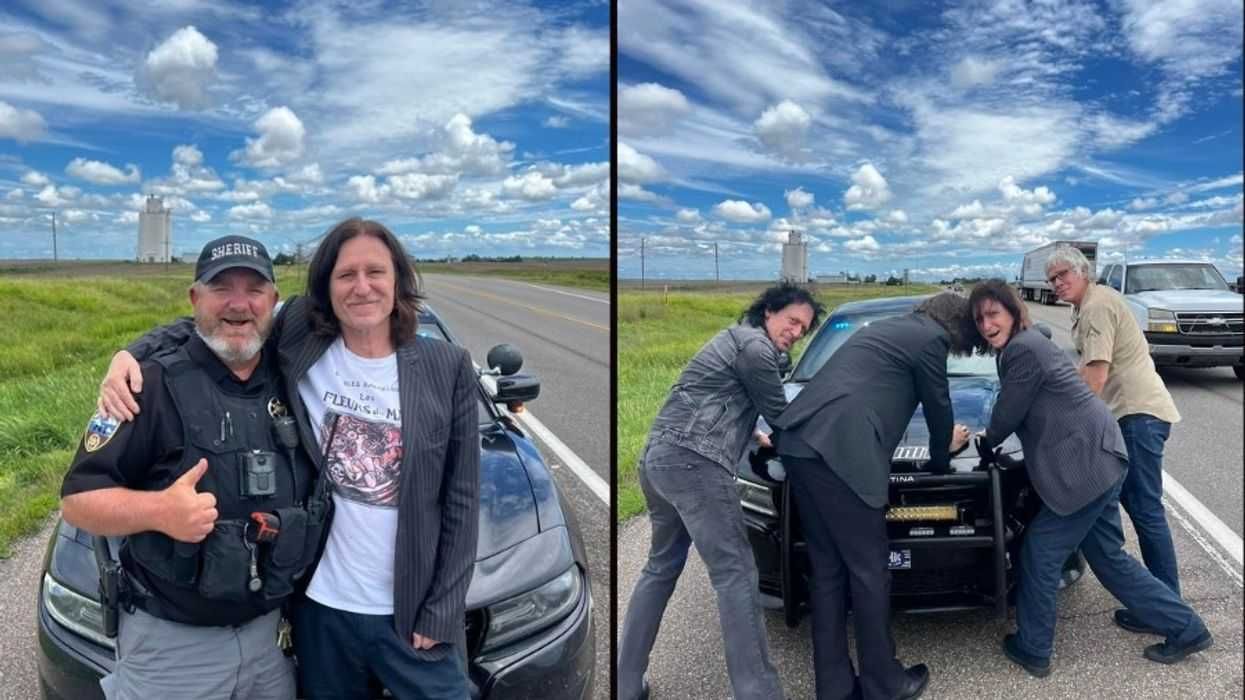

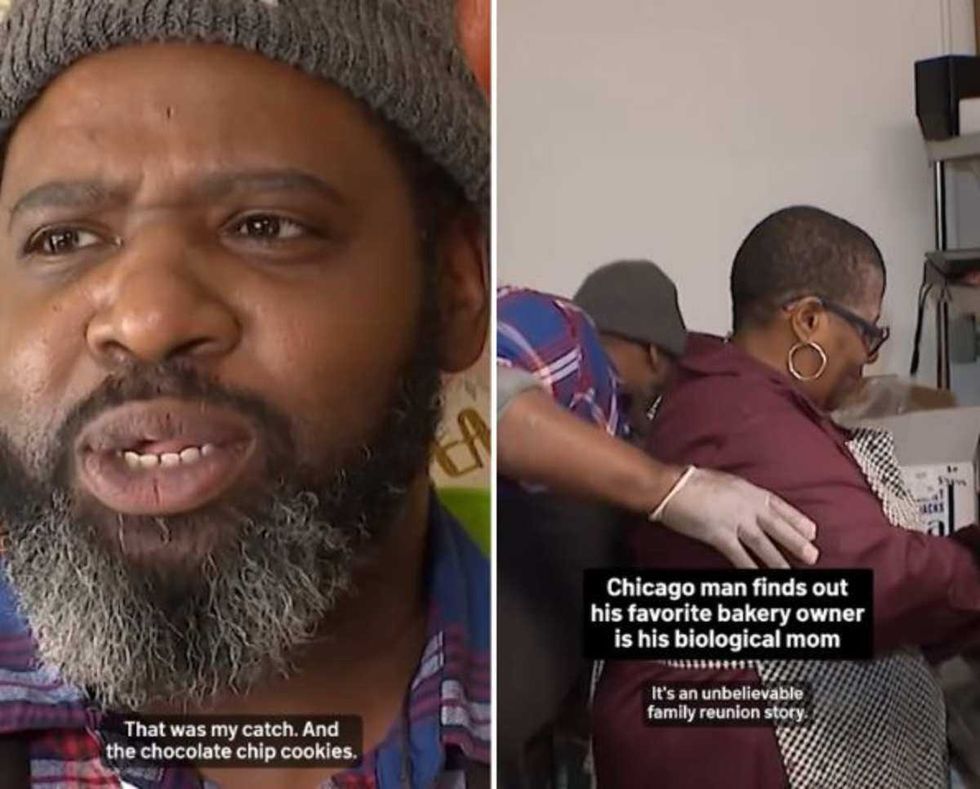 Screenshots of the man talking to the camera and with his momTikTok |
Screenshots of the man talking to the camera and with his momTikTok | 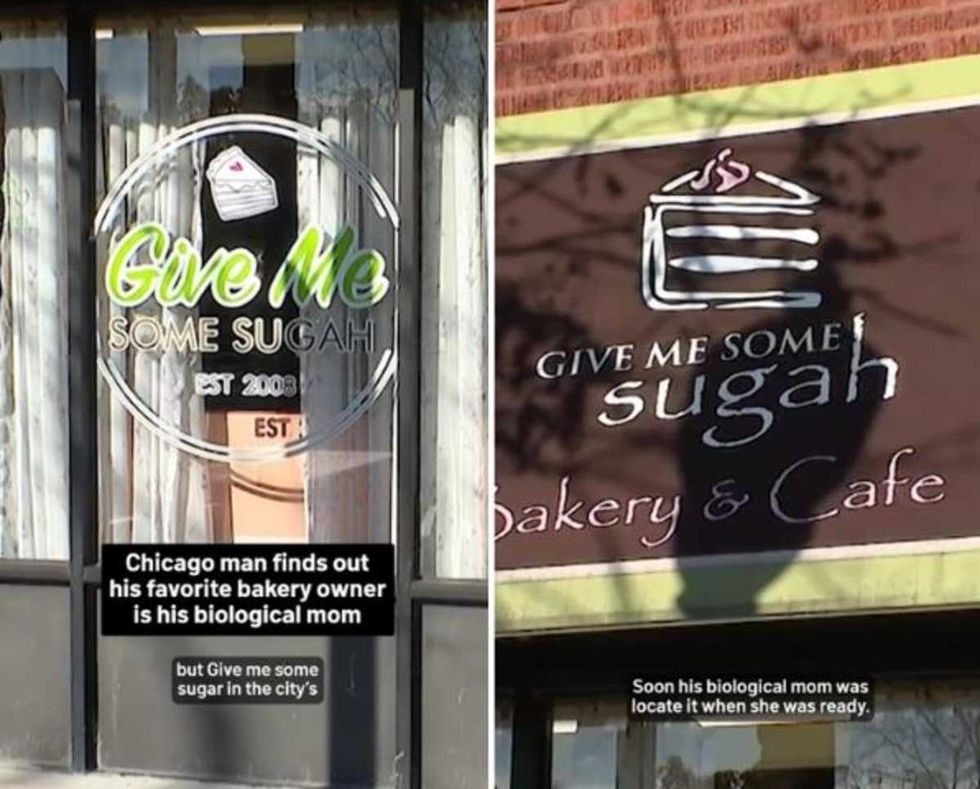 Screenshots of the bakery Image Source: TikTok |
Screenshots of the bakery Image Source: TikTok | 
 A woman hands out food to a homeless personCanva
A woman hands out food to a homeless personCanva A female artist in her studioCanva
A female artist in her studioCanva A woman smiling in front of her computerCanva
A woman smiling in front of her computerCanva  A woman holds a cup of coffee while looking outside her windowCanva
A woman holds a cup of coffee while looking outside her windowCanva  A woman flexes her bicepCanva
A woman flexes her bicepCanva  A woman cooking in her kitchenCanva
A woman cooking in her kitchenCanva  Two women console each otherCanva
Two women console each otherCanva  Two women talking to each otherCanva
Two women talking to each otherCanva  Two people having a lively conversationCanva
Two people having a lively conversationCanva  Two women embrace in a hugCanva
Two women embrace in a hugCanva 
 A reddit commentReddit |
A reddit commentReddit | 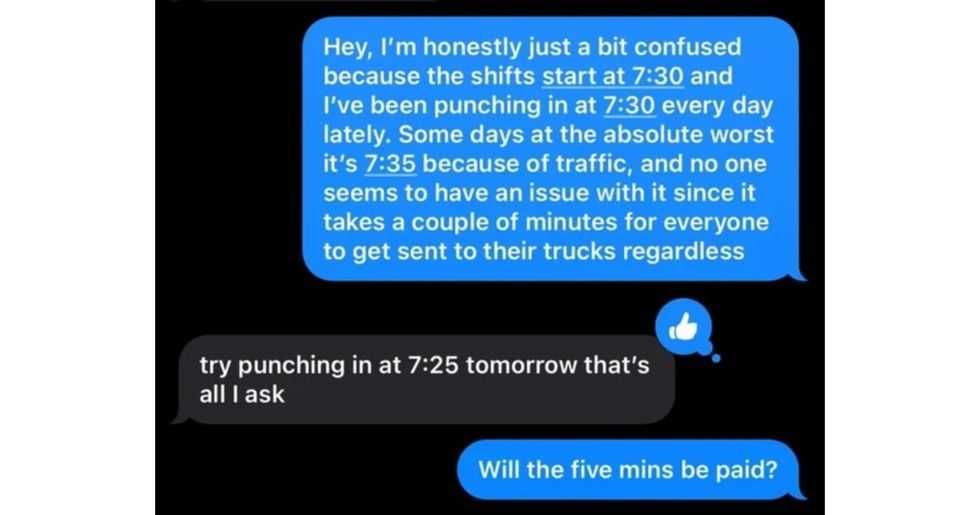 A Reddit commentReddit |
A Reddit commentReddit | 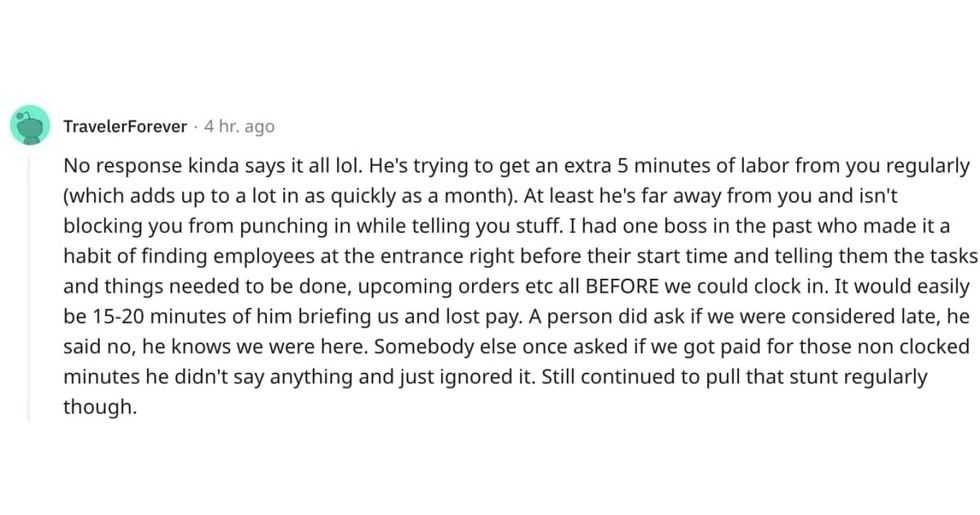 A Reddit commentReddit |
A Reddit commentReddit |  Stressed-out employee stares at their computerCanva
Stressed-out employee stares at their computerCanva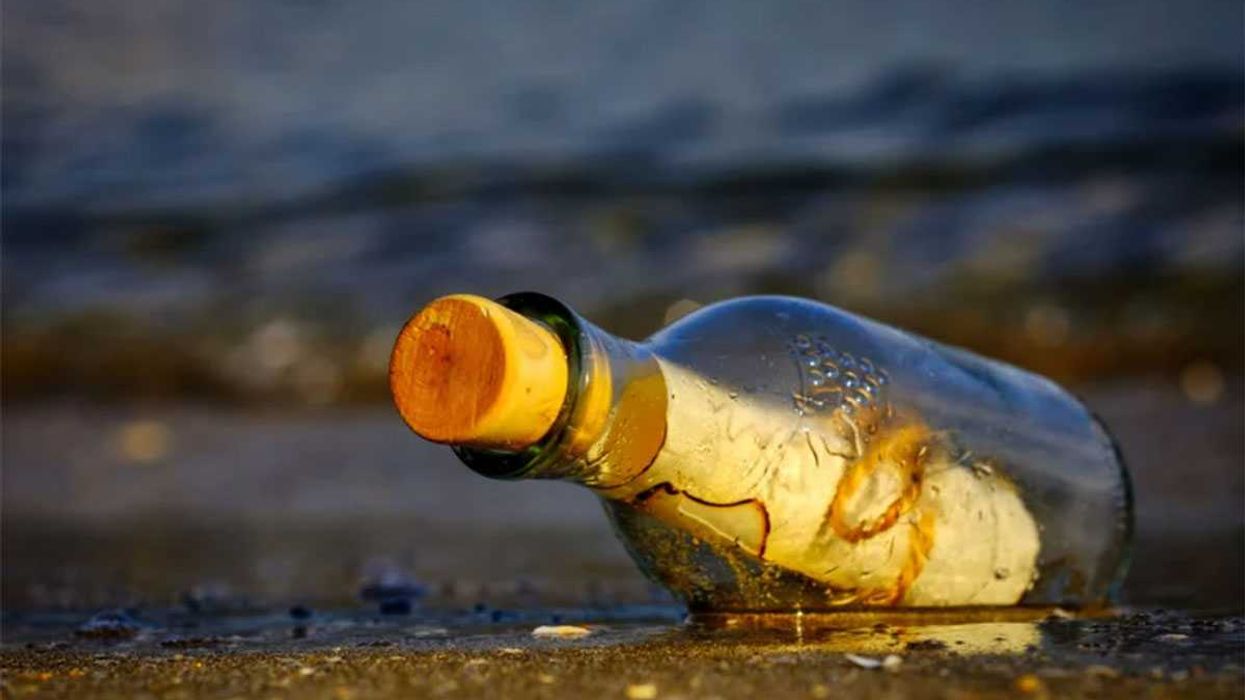
 Who knows what adventures the bottle had before being discovered.
Who knows what adventures the bottle had before being discovered. 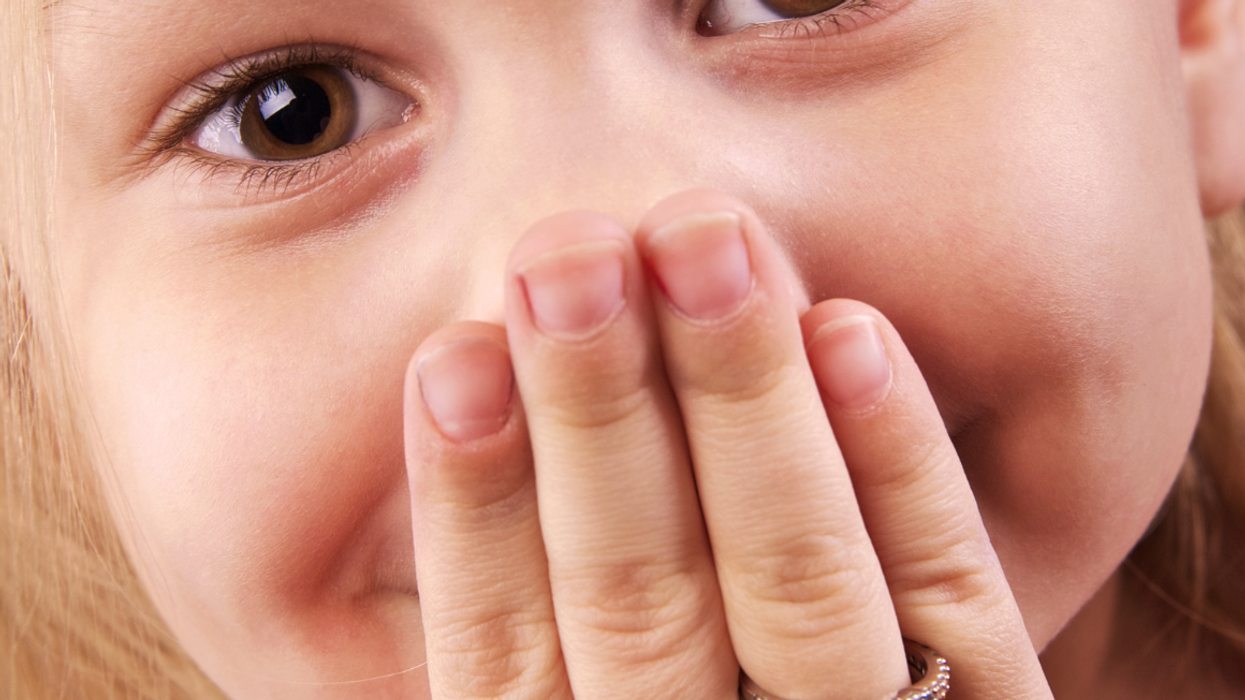
 Gif of young girl looking at someone suspiciously via
Gif of young girl looking at someone suspiciously via 

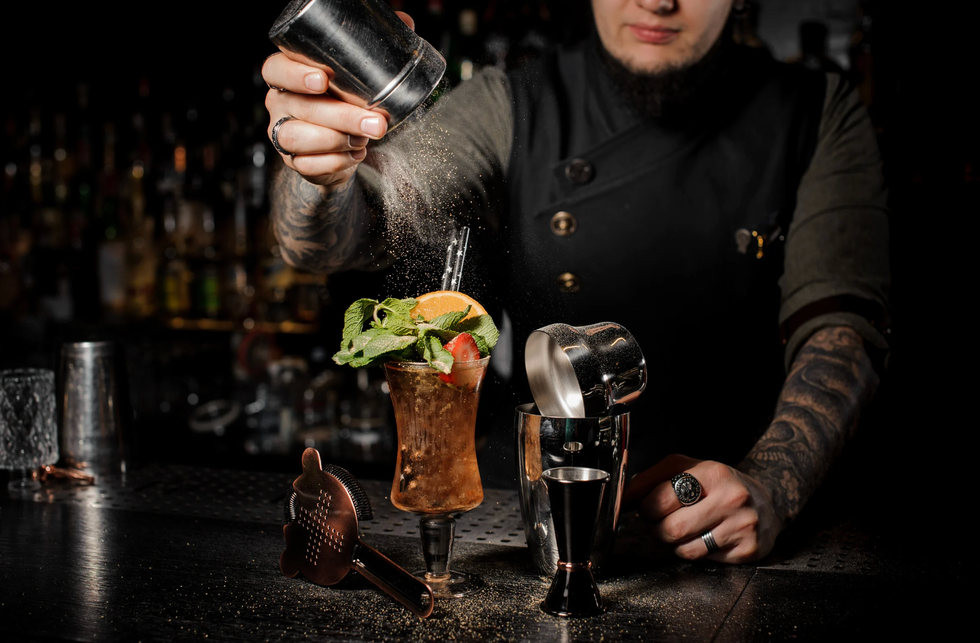 A bartender makes a drinkCanva
A bartender makes a drinkCanva